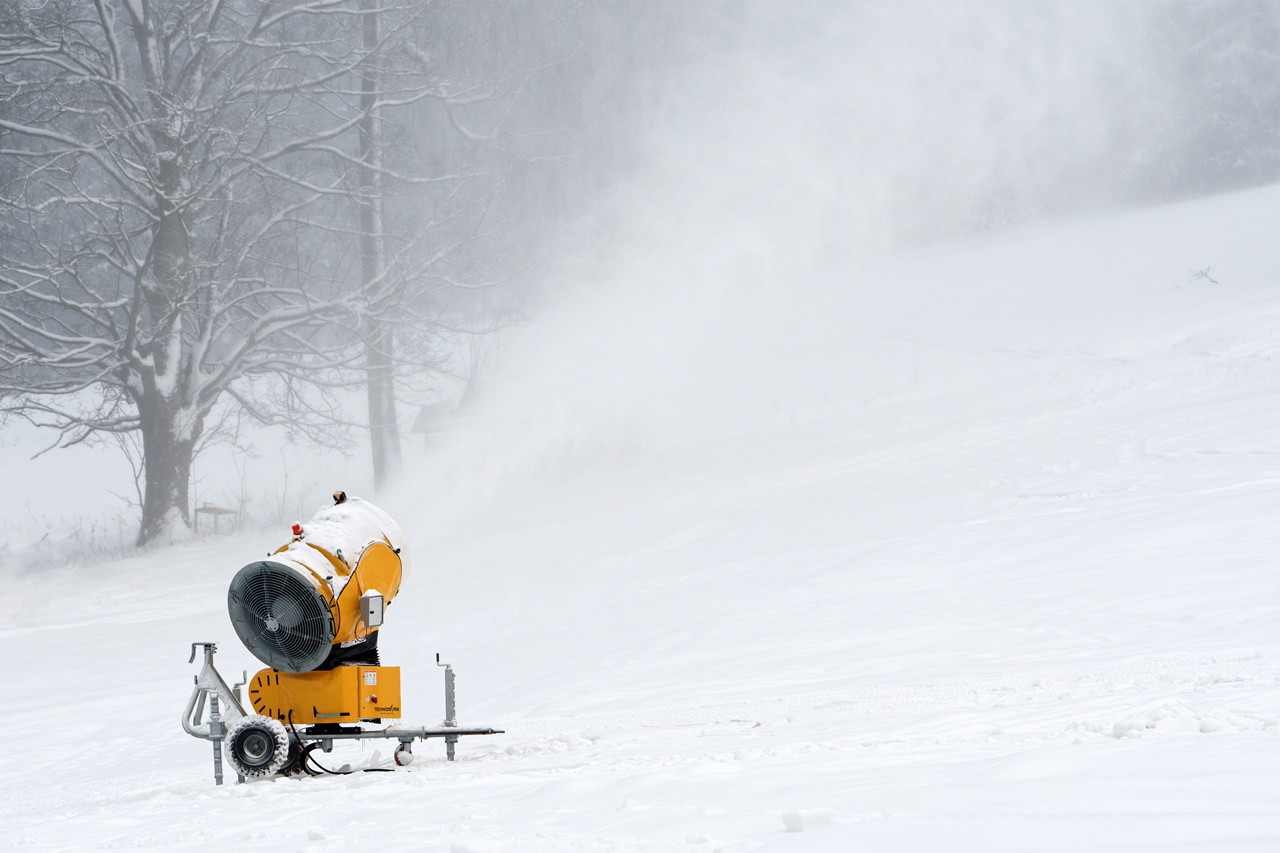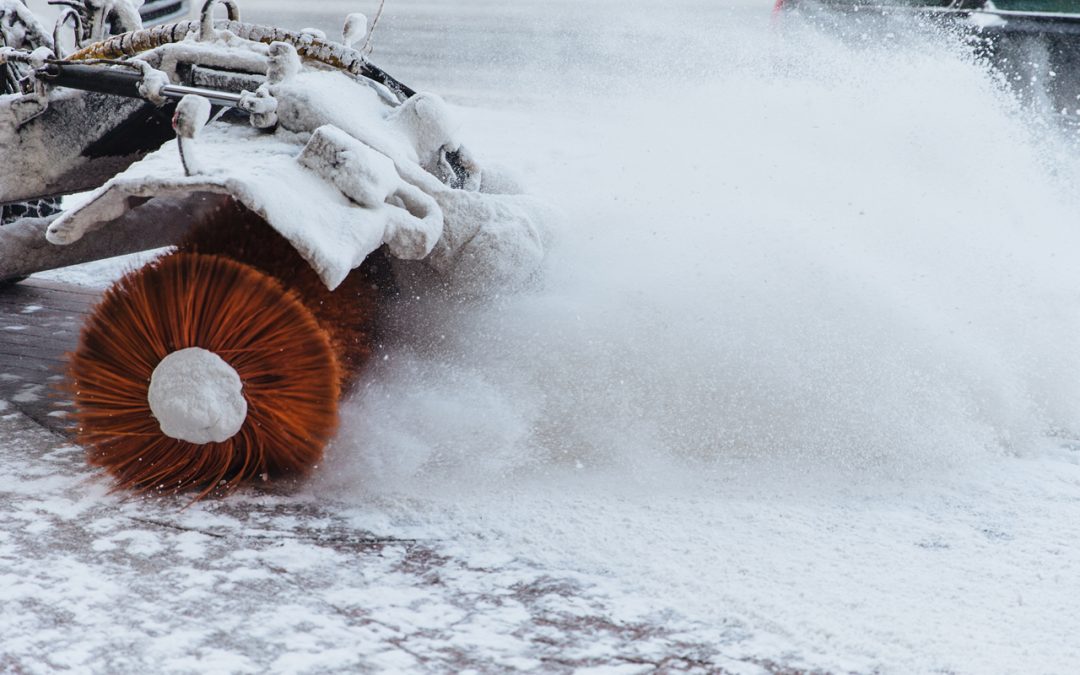Snow blowers are essential tools for keeping your driveway and walkways clear during the winter months. However, like any mechanical device, they can encounter issues that may disrupt their functionality. In this comprehensive guide, we'll explore common problems with snow blowers and provide step-by-step solutions to help you get your machine back in working order.
As winter blankets our surroundings with snow, a reliable snow blower becomes an invaluable asset for maintaining clear and safe pathways. However, encountering issues with your snow blower can be frustrating. Fear not, as we've compiled a troubleshooting guide to help you identify and resolve common problems, ensuring your snow blower is always ready to tackle the winter wonderland.
Troubleshooting Common Snow Blower Problems
1. Engine Failure
- Check fuel levels
Ensure there's enough fuel in the tank, and if the fuel is old, replace it with fresh gasoline.
- Inspect the spark plug
A fouled or damaged spark plug can hinder ignition. Clean or replace the spark plug as needed.
- Clean or replace the air filter
A clogged air filter restricts airflow, affecting engine performance. Clean or replace the filter based on your machine's specifications.
- Adjust carburetor settings
An improperly adjusted carburetor can lead to engine issues. Refer to your snow blower manual for guidance on carburetor adjustments.
2. Auger Not Turning
- Clear debris from the auger
Inspect the auger for any debris or snow accumulation. Clear any obstructions that may impede its movement.
- Check for a broken or loose auger belt
A damaged or loose auger belt can cause the auger to malfunction. Replace or tighten the belt as necessary.
- Inspect the shear pins
Shear pins prevent damage to the auger by breaking under excessive force. Check and replace any broken shear pins.
3. Electric Start Not Working
- Ensure a power source
Verify that the snow blower is connected to a power source. If using an extension cord, ensure it's in good condition.
- Check the starter cord for damage
Inspect the starter cord for fraying or damage. Replace it if necessary, following your machine's manual.
- Examine the ignition switch
A faulty ignition switch can hinder electric start functionality. Check for any visible damage and replace if needed.
4. Chute Clogging
- Clear snow or debris from the chute
Remove any snow or debris obstructing the chute. Use a shovel or gloved hands to clear the pathway.
- Lubricate the chute with silicone spray
Applying silicone spray to the chute interior reduces friction, preventing snow from sticking.
- Adjust the chute controls
Ensure the chute controls are properly adjusted, allowing for smooth and efficient snow dispersal.
5. Uneven or Unstable Movement
- Inspect the drive or traction belt
Worn-out or damaged drive belts can cause uneven movement. Replace the belt following your snow blower's specifications.
- Adjust or replace the drive cable
A loose or damaged drive cable can affect traction. Adjust or replace the cable as needed.
- Check for a worn-out friction wheel
Inspect the friction wheel for wear and tear. Replace it if necessary to ensure smooth movement.
6. Excessive Vibration or Noise
- Tighten loose bolts and nuts
Inspect the snow blower for loose bolts and nuts. Tighten them to eliminate excessive vibration.
- Inspect the auger and impeller for damage
Damaged components can cause increased noise and vibration. Replace any visibly damaged parts.
- Lubricate moving parts
Regularly lubricate moving parts, such as the auger and impeller, to reduce friction and noise.

7. Engine Stalling
- Clean the carburetor
A dirty carburetor can lead to stalling. Clean it following your snow blower manual's instructions.
- Check for a clogged fuel line
Inspect the fuel line for any blockages. Clear any obstructions to ensure proper fuel flow.
- Adjust the governor settings
Incorrect governor settings can lead to stalling. Adjust them according to your snow blower manual.
Preventive Maintenance Tips for Snow Blowers
1. Regular Oil Changes
- Importance of clean oil
Clean oil ensures proper engine lubrication. Follow your snow blower manual for recommended oil change intervals.
- Recommended oil change intervals
Change the oil
as recommended by the manufacturer, typically at the beginning of each winter season.
2. Fuel System Maintenance
- Use fresh fuel
Avoid using old or stale fuel. Use fresh gasoline with the appropriate oil mixture for two-stroke engines.
- Add a fuel stabilizer
For long periods of inactivity, add a fuel stabilizer to prevent fuel degradation and carburetor issues.
- Drain fuel before storage
If storing the snow blower for an extended period, drain the fuel tank to prevent carburetor clogs.
3. Cleaning and Lubrication
- Remove snow and debris after each use
Clear any snow or debris from the machine after each use to prevent clogs and ensure proper functionality.
- Lubricate moving parts
Apply lubricant to moving parts, such as the auger and impeller, to reduce wear and ensure smooth operation.
- Store in a dry and sheltered area
Store the snow blower in a dry and sheltered area, protecting it from harsh weather conditions that could lead to corrosion.
When to Seek Professional Help
- Signs of more serious issues
If despite troubleshooting, your snow blower continues to exhibit issues, it may be a sign of a more serious problem. Seek professional assistance for a thorough diagnosis.
- Importance of professional repairs
Professional technicians have the expertise to address complex issues and perform necessary repairs, ensuring the longevity of your snow blower.
- Choosing a reputable service provider
When seeking professional help, choose a reputable service provider with experience in snow blower repairs. Read reviews and ask for recommendations from trusted sources.
Conclusion
In conclusion, a well-maintained snow blower is your winter ally in keeping your surroundings clear and safe. By following the troubleshooting steps outlined in this guide and implementing preventive maintenance measures, you can ensure your snow blower is always ready for action when the snow starts falling.
FAQs
- How often should I change the oil in my snow blower?
Regular oil changes are essential for optimal performance. Follow the manufacturer's recommendations, typically at the start of each winter season.
- Can I use regular gasoline in my snow blower?
Use fresh, unleaded gasoline with the appropriate oil mixture for two-stroke engines. Avoid using old or stale fuel.
- What causes a snow blower to vibrate excessively?
Excessive vibration may be due to loose bolts, damaged components, or an imbalanced auger. Check and tighten bolts, inspect components, and ensure the auger is in balance.
- Is it necessary to drain the fuel before storing the snow blower?
Yes, draining the fuel tank before storage prevents fuel degradation and carburetor clogs during periods of inactivity.
- Can I lubricate the snow blower with any type of oil?
Use lubricants recommended by the manufacturer for your specific snow blower model. Consult the manual for appropriate lubrication guidelines.

